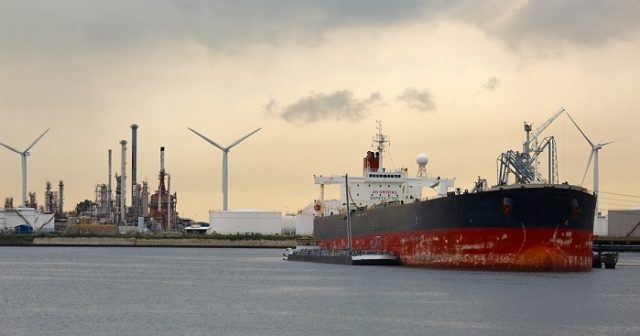Crude oil tanker rates—which fell in September to their lowest since 2003 on the key route from the Arabian Gulf to Asia—are expected to remain low until global oil demand increases, the U.S. Energy Information Administration (EIA) said on Wednesday
Earlier this year, between March and May, crude oil tanker rates spiked as refiners rushed to snap up cheap oil cargoes when prices were in the teens, while demand for floating storage soared amid crashing demand for fuels in the pandemic.
In the brief Saudi-Russian price war in March and early April, supertanker owners were the winners, as the spat coincided with the start of the lockdowns in major economies and increased the global oil glut. Shipping companies had a field day with Saudi Aramco booking tankers en masse to flood the market with oil, while traders scrambled to charter tankers for floating storage to sell at higher prices later.
According to EIA estimates based on Bloomberg data, tanker rates for one of the key global tanker routes—the Arabian Gulf to Japan—were the highest in mid-March since at least 2000, except for a brief spike in tanker rates in October 2019 as a result of U.S. sanctions on Chinese shipping firm COSCO.
The tanker industry faces several challenging months, the world’s biggest international shipping association BIMCO said in an analysis in early September.
“The lower aviation and transport demand, and fundamentally lower oil consumption, will hurt the industry for at least 15 months,” Peter Sand, Chief Shipping Analyst at BIMCO, wrote.
“For the remainder of this year, the tanker shipping industry will find itself paying for the highs it reached in the second quarter. The higher demand for shipping at the time was not because of higher immediate consumption, but because of future demand being brought forward as importing refiners sought to benefit from the lower price,” Sand said.
oilprice







